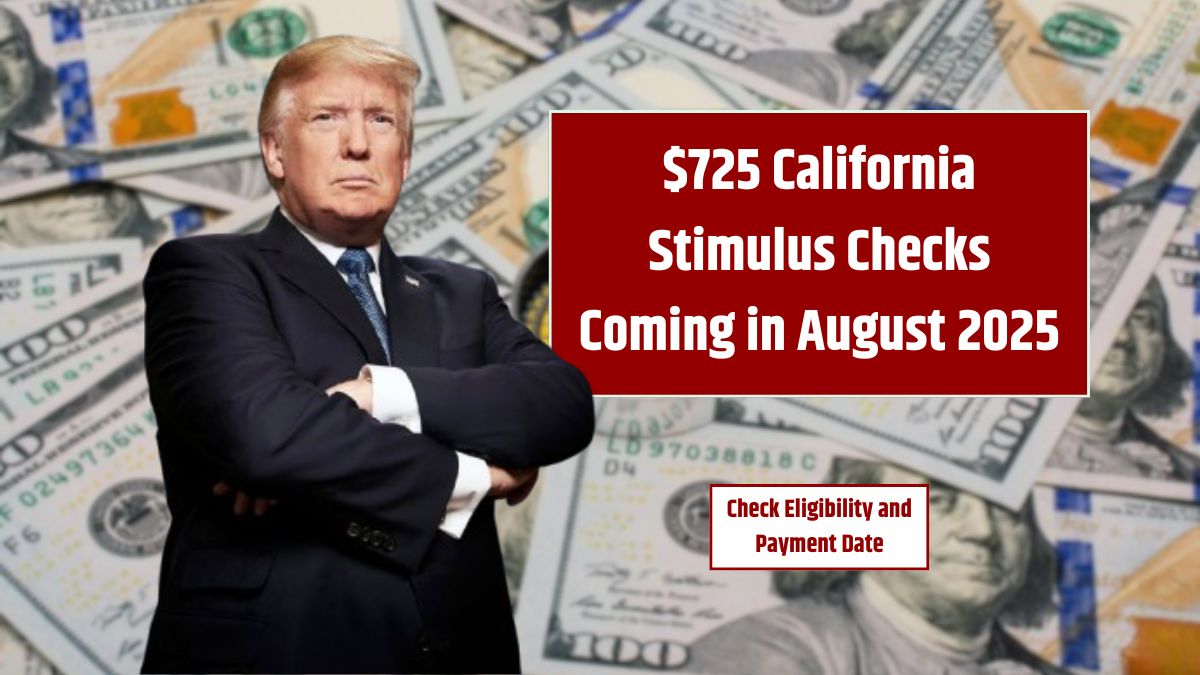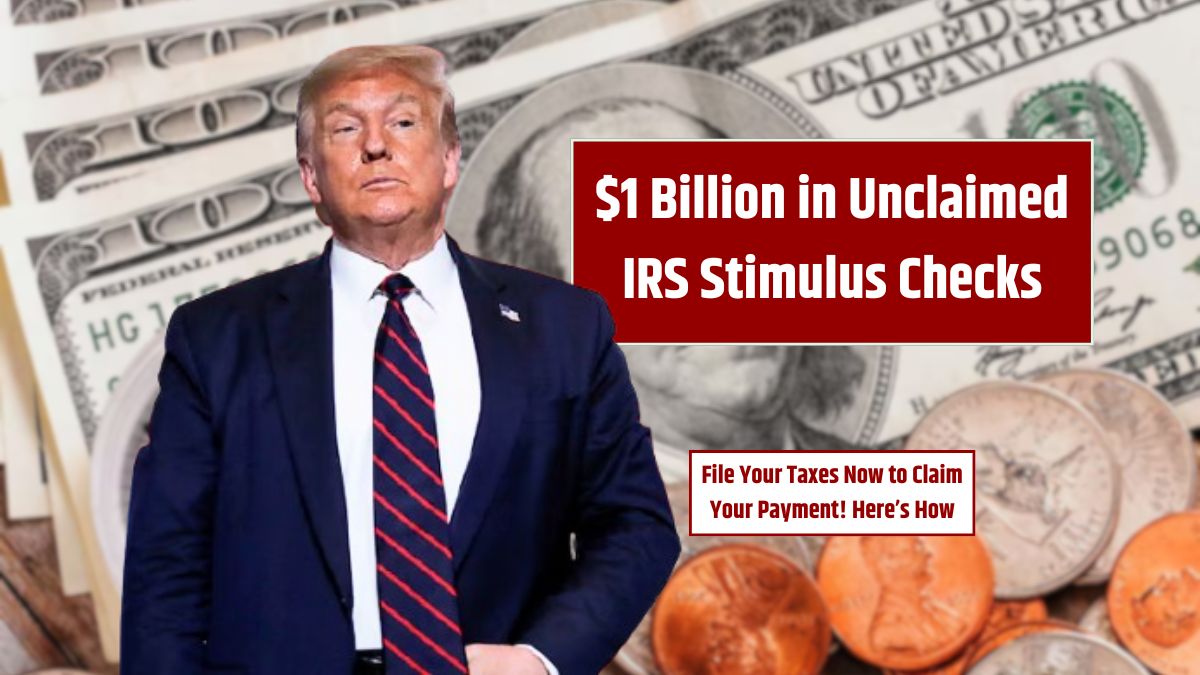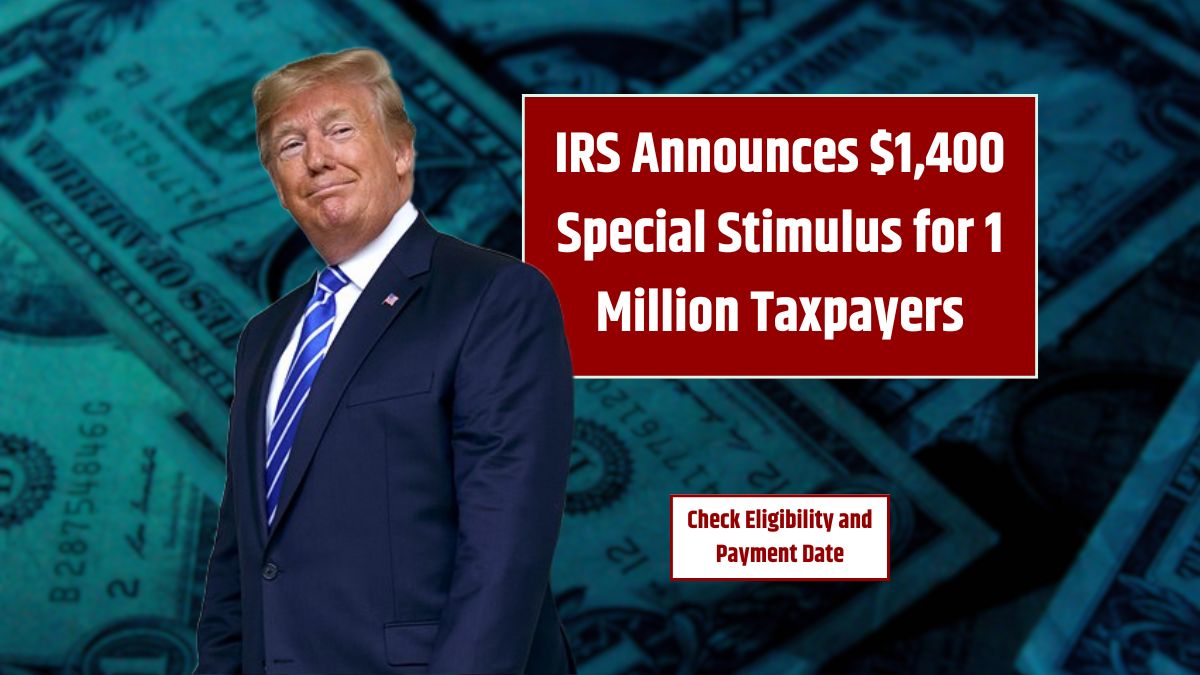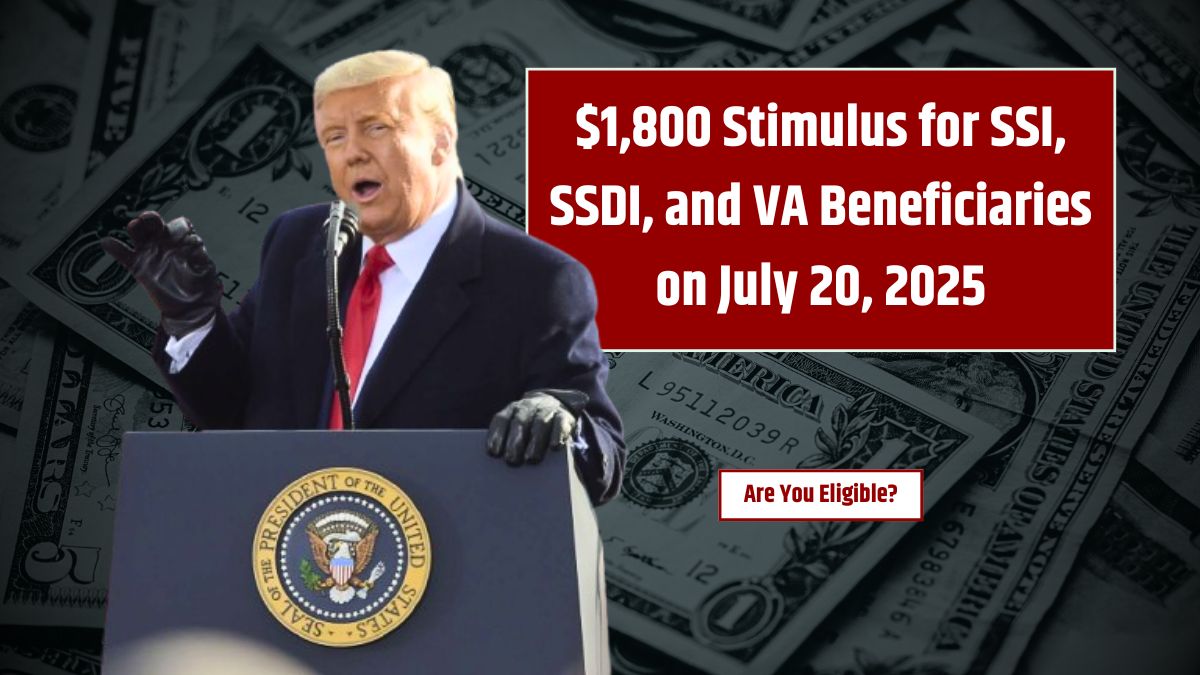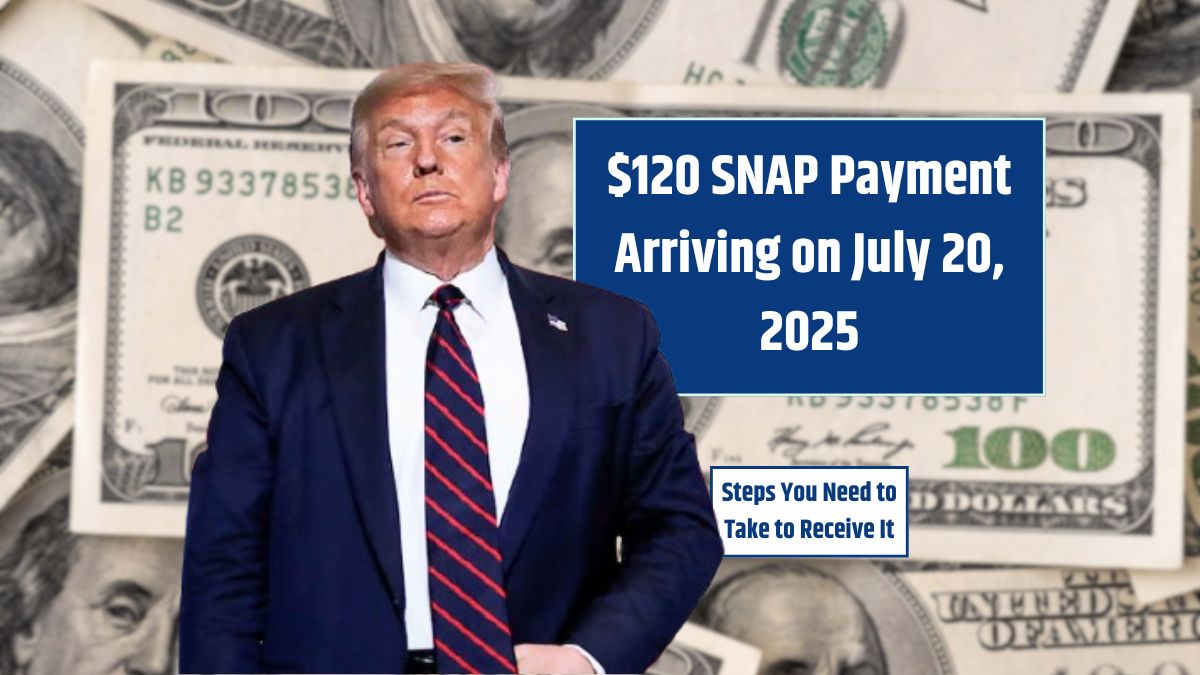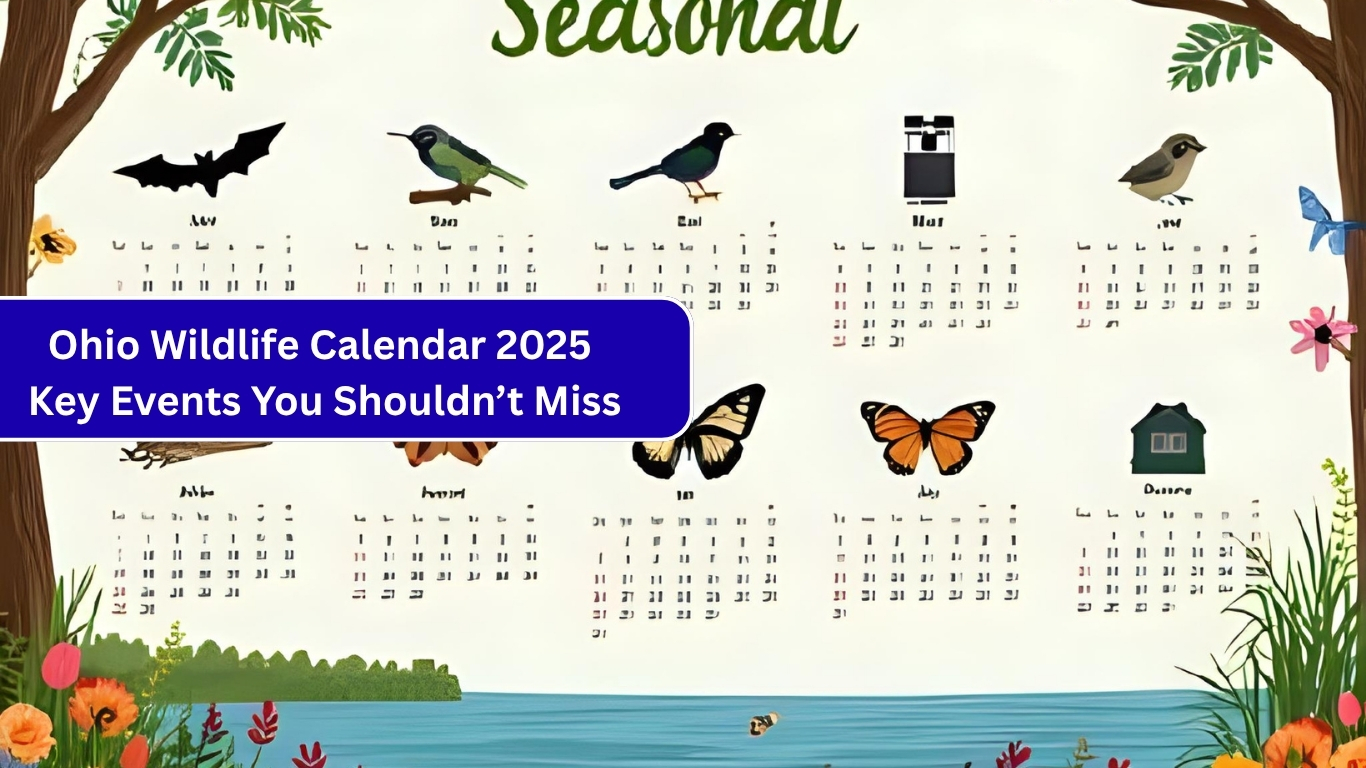Surprise stimulus payments ranging from $485 to $1,650 are being issued in several U.S. states, offering a financial boost to individuals and families who continue to feel the effects of inflation and economic recovery. These payments are part of both federal and state-level initiatives designed to assist low-income households, seniors, and those who missed out on previous benefits. If you’re wondering whether you’re eligible or how to claim your check, this guide breaks it all down.
Table of Contents
Overview
Here’s a quick look at the key details:
| Topic | Details |
|---|---|
| Payment Amount | $485 to $1,650 |
| Eligibility | Low-income earners, families, seniors, late filers |
| Participating States | CA, NY, GA, MI, AZ, and others |
| Distribution Method | Direct deposit, paper check |
| Claim Process | Mostly automatic; some may need to file taxes or apply manually |
| Official Resource | IRS Economic Impact Payments |
Why
Stimulus checks are being issued in response to ongoing economic challenges. High inflation, increased costs for housing, healthcare, and groceries, and lingering pandemic-related financial issues have pushed many households to the edge.
These payments aim to provide temporary relief and are often used to cover essentials such as:
- Rent and utilities
- Groceries and fuel
- Medical expenses
- Debt or savings cushions
In some cases, states are distributing these payments as part of tax rebate initiatives or recovery programs tied to earlier stimulus rounds.
Who
The eligibility rules vary slightly by state, but the following groups are commonly included:
1. Low-Income Individuals and Families
Individuals earning less than $75,000 or couples earning under $150,000 may qualify. Payments are usually reduced or phased out for those above this threshold.
2. Seniors and Social Security Recipients
People receiving benefits like SSI, SSDI, or VA payments may automatically qualify. No extra application is needed if your benefits are already deposited into a bank account.
3. Families with Dependents
Parents or guardians with children under 17 may receive additional amounts. Some states also offer extra support for disabled dependents.
4. People Who Missed Earlier Stimulus Checks
If you did not claim the Recovery Rebate Credit on your 2021 tax return, you may still be able to claim a missed payment by filing a return or amending your previous one.
States
Several states are stepping up with their own relief payments. Here’s what some are offering:
California
- Golden State Stimulus
- Up to $1,050 for qualifying residents
- Based on 2020 tax returns and income below $75,000
New York
- Extra SNAP benefits
- Property tax rebate checks
- Rent relief for low-income families
Georgia
- Tax rebate of $250 to $500
- Based on 2021 tax returns and residency
Michigan
- One-time $500 relief for working families
- Expanded earned income tax credit
Arizona
- $250 per child tax credit
- One-time payments for families under income thresholds
Check your state’s Department of Revenue website for the most current updates and application info.
Claim
If you haven’t received your payment yet, follow these steps:
1. Check Eligibility
Use your state’s tax or benefits portal to confirm if you qualify.
2. File Missing Tax Returns
If you didn’t file a 2021 or 2022 tax return, do so now. Many payments are based on these returns.
3. Use the IRS Tools
Visit the IRS “Get My Payment” or “Where’s My Refund” tools to check your status.
4. Watch for Payment
Most payments are sent by direct deposit. Others may come as checks or prepaid debit cards. Make sure your contact and banking information are current.
5. Stay Safe from Scams
The IRS or your state agency will never call or email you asking for personal information. Be cautious about any unexpected messages.
FAQs
How much is the stimulus check?
It ranges from $485 to $1,650 depending on your state and status.
Do I need to apply to receive payment?
Most are automatic, but some states require filing a return.
Which states are sending checks?
California, Georgia, Michigan, New York, Arizona, and others.
Can seniors receive this payment?
Yes, especially if they receive Social Security or SSI benefits.
Where can I check my payment status?
Use the IRS ‘Get My Payment’ tool or your state’s tax site.






